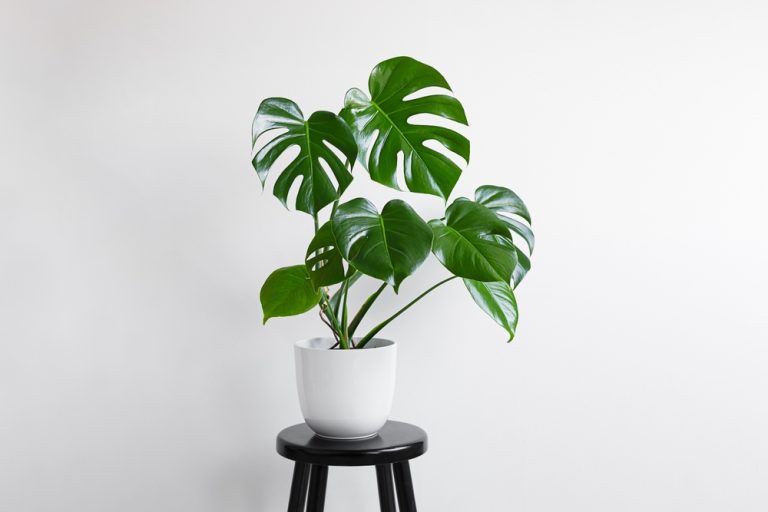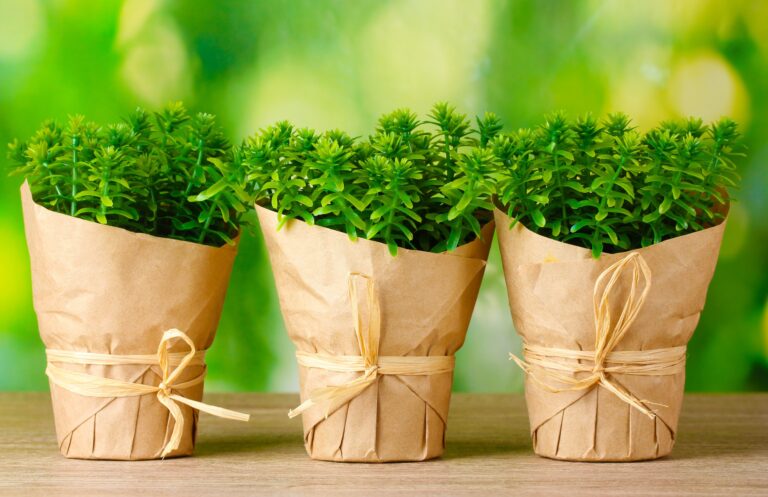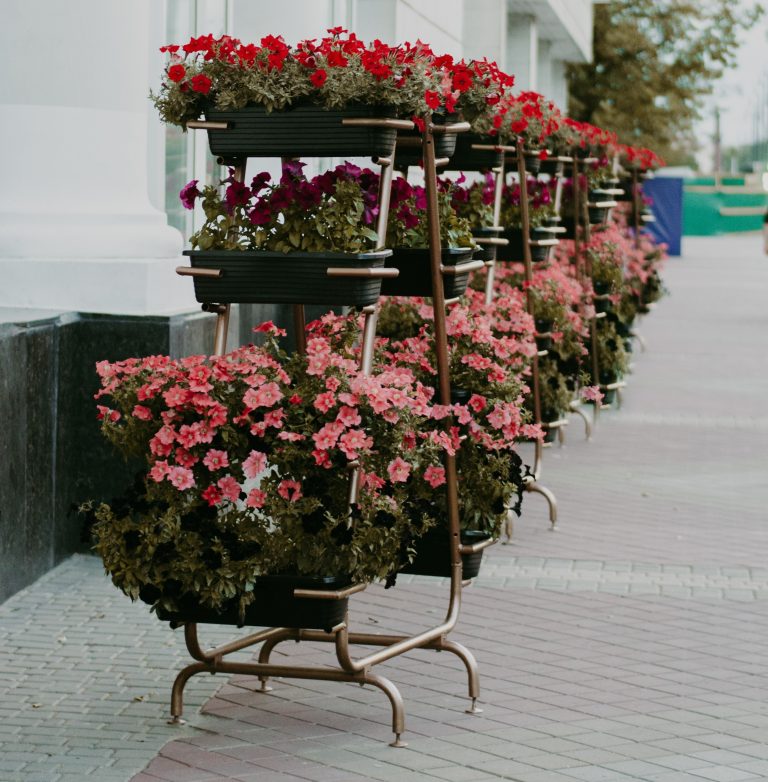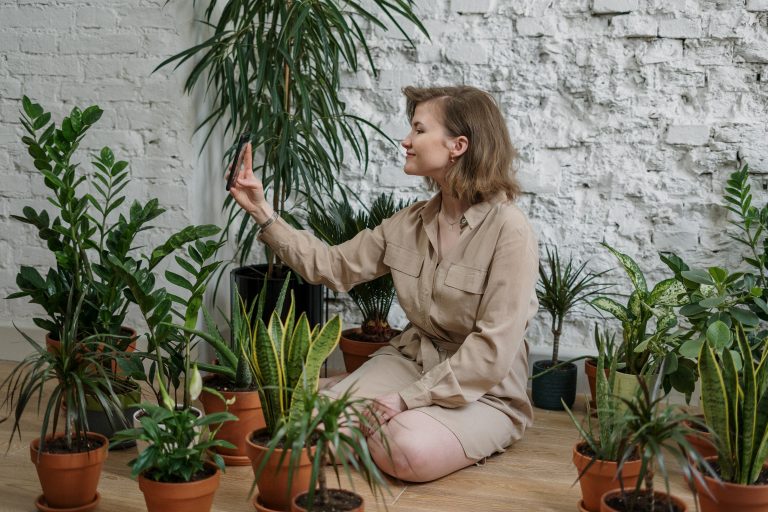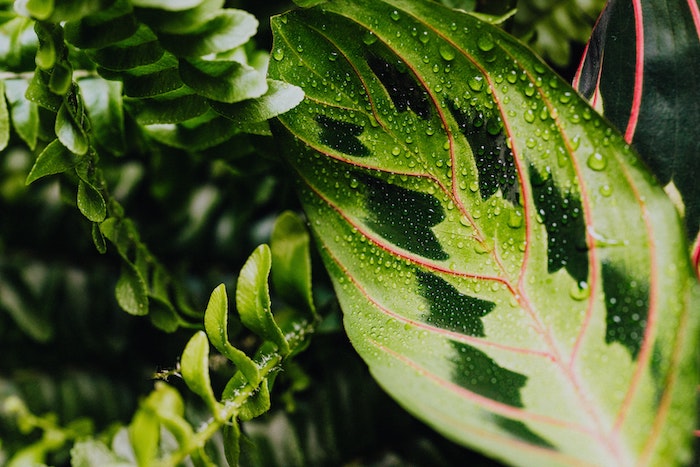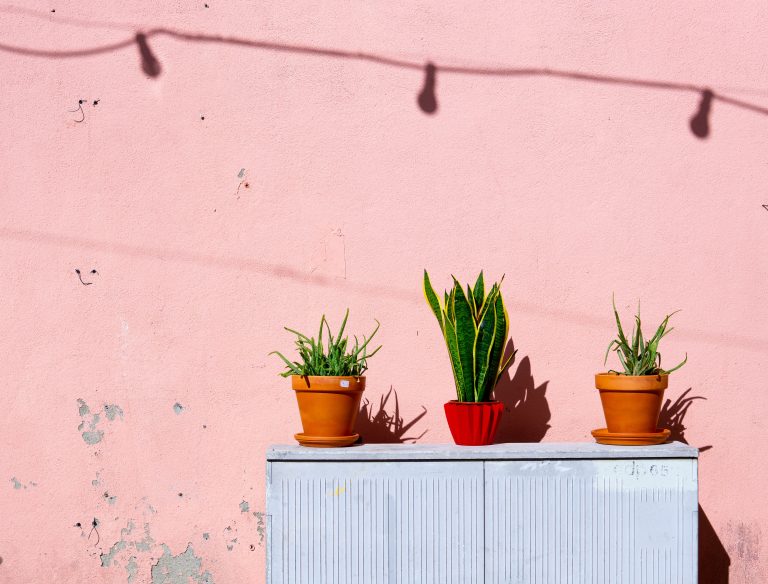The air’s getting crisp, the days are getting shorter, and your once-thriving outdoor plants are starting to shiver. That can only mean one thing—it’s time for the great indoor migration! But not all plants handle the transition well; some pout, some drop leaves, and some just give up entirely. Luckily, there are certain houseplants that…
houseplants
10 Perfect Plants to Gift to Green Thumb Novices
Gifting plants to someone just beginning their journey into gardening can be a thoughtful way to encourage their newfound interest. However, the key is choosing plants that are not only beautiful but also resilient and easy to care for. Here, we’ll explore ten perfect plant gifts that are ideal for green thumb novices, ensuring they…
Indoor Plants That Produce Soothing Aromas
For over a year now, many people have spent more time indoors than usual. The bonus? More time to admire your indoor plants? The downside? Well, truthfully, there are a lot. But plant-wise, it’s probably realizing that most of your pretty plants don’t do much to refresh the stale air in your home. So…
Which Indoor Plants Purify Air?
Let’s get one thing straight. You probably won’t improve your home’s air quality by filling it with indoor plants that can purify the air. According to a National Geographic piece from 2019, houseplants won’t do much to clean your home’s air. Most of the advice about air-purifying houseplants comes from an old NASA study. In a…
5 Houseplants That Won’t Waste Your Money
Ever since the pandemic began, I slowly started buying houseplants. I’d scour my favorite online nurseries and pounce when they had a sale or coupon code up for grabs. Of course, I already had some plants before the COVID situation, but adding more made my home feel cozier, livelier. When buying plants, I always…
5 Best Houseplants for Frequent Travellers
Whether you’re away on business a lot, or you frequently visit family throughout the year, it can be hard to keep fussy plants alive when you’re away from home. Thankfully, there are plenty of suitable houseplants for frequent travelers. My house is starting to resemble a jungle these days. I’ve been adding greenery during…
